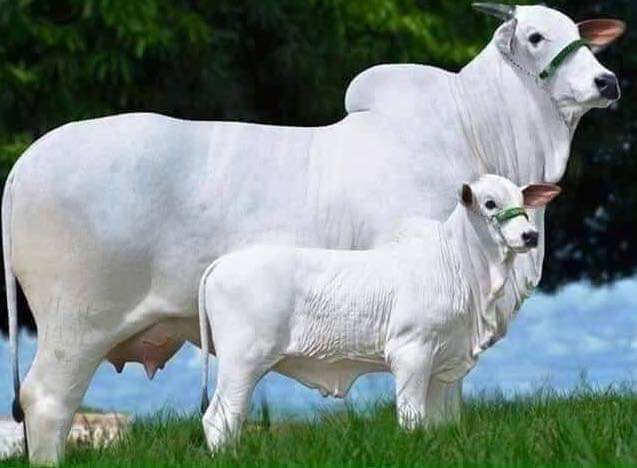NATIONAL CODE OF PRACTICES FOR MANAGEMENT OF MASTITIS IN DAIRY CATTLE IN INDIA
Dr.Deependra Singh Shekhawat.
The veterinary scientists of NDRI and animal world protection has drafted this code of practices which has widespread acceptance and adoption amongst dairy farmers, Government farms and gaushalas of India and will go a long way to improve the productivity, health and welfare of the animals.
Proper milking procedure is necessary to maintain hygiene and the health of the cow: ——–
• Establish and maintain a regular milking schedule in a stress free environment
• Attach the milking unit properly
• Minimise machine stripping and avoid liner slips
• Avoid over milking and removing the unit under vacuum
• Optimum vacuum must be ensured and fluctuation in vacuum levels must be minimum
• Pulse rate should be maintained within permissible limits
• Teat liners must be checked for rupture or other faults and must be replaced at least once a month
• Milking equipment should be inspected daily
Prevention and control of mastitis————–
. Mastitis is an inflammation of the mammary gland and it is one of the most common, painful and costly diseases of dairy animals across the world. Mastitis causes a decrease in milk production and its quality. Further, it has public health concerns due to the increased risk of milk borne pathogenic organisms. Clinical mastitis can be diagnosed through the appearance of changes in the milk (flakes, clots or a watery appearance) or the udder (redness, heat, swelling, pain) and systemic reaction in animals (fever, reduced feed intake etc.). If only changes in the milk are observed the mastitis is considered mild, if there are also changes in the udder the case is moderate, while if systemic signs also occur the mastitis is severe.Moderate or severe mastitis requires immediate veterinary intervention. Mild mastitis requires on-farm intervention, including preventative measures. Somatic Cell Count (SCC) can be used for detection of sub-clinical mastitis as well as quality of the milk:
Good practices for mastitis control —–
A. Milking machinery should be properly adjusted (including optimum vacuum and minimum fluctuation in vacuum), checking with a qualified milk machine technician if necessary. The milking unit should be professionally checked at least annually.
B. Keep housing facilities hygienic to reduce the number of pathogens in the environment, and ensure hygienic and properly maintained milking equipment.
C. Disinfect the hands of milkers and the milking machine clusters before milking.
D. Pre-dip teats in a mild antiseptic solution (teat dipping solution) for 30 seconds and dry with a clean towel/paper napkin. To ensure effectiveness of disinfectants the udder must be clean, so if necessary it should be washed to remove all loose organic matter before applying disinfectant.
E. Before milking, draw a few streams of milk from each teat (foremilk) and check the physical quality of the milk for mastitis, using a strip cup or California Mastitis Test.
F. Screen all lactating cows for sub-clinical mastitis by using SCC at least monthly.
As mentioned above, cows with high SCC should be treated against sub-clinical mastitis.
G. If mastitis is confirmed, the cow must be segregated from the rest of the herd and milked and treated separately, besides adopting proper hygienic measures. Remove persistently-infected animals (with three or more episodes in a lactation) and those with chronic mastitis.
H. Milking of a cow with mastitis should be done last, manually or with a separate milking cluster. The milking machine should be disinfected at every use.
I. The vacuum should always be shut off before the teat cups are removed.
J. Disinfect teats post-milking by dipping for at least 30 seconds or spraying, using a disinfectant such as iodophor solution containing 0.1 to 1.0% available iodine or chlorhexidine 0.5 to 1% in polyvinyl pyrrolidone solution or 0.3% aqueous solution or sodium hypochlorite (4% solution).
K. Provide concentrate or green fodder after milking to encourage the animal to remain standing and reduce the chance of ascending infection.
L. Periodically check the teat end for any damage. For mild damage a lubricant can be applied to the teat, but veterinary opinion should be sought for moderate or severe damage.
M. Clinical mastitis in lactating cows should be treated with antibiotics, after carrying out an antibiotic sensitivity test, following the recommendation of the herd veterinarian. Use single dose tubes, not multiple dose bottles which can become contaminated and infect other animals. An appropriate milk-withdrawal period must be applied after treatment with antibiotics.
N. Treatment records should be maintained properly at all times.
Reference-On request.


